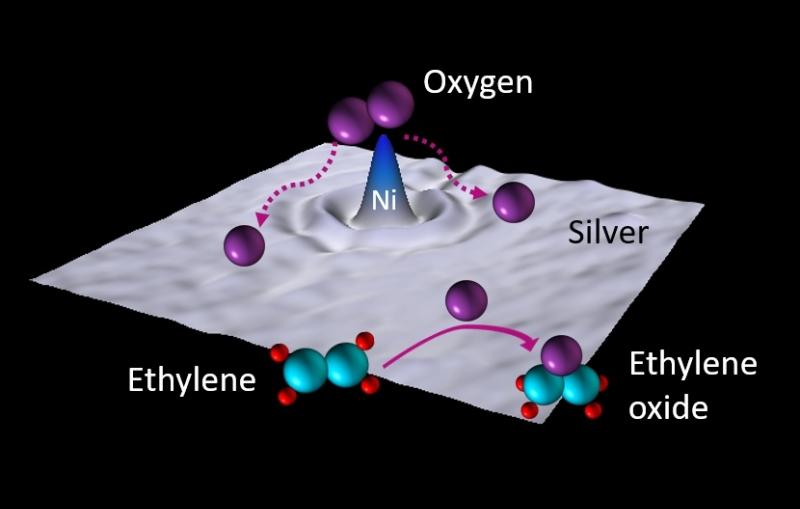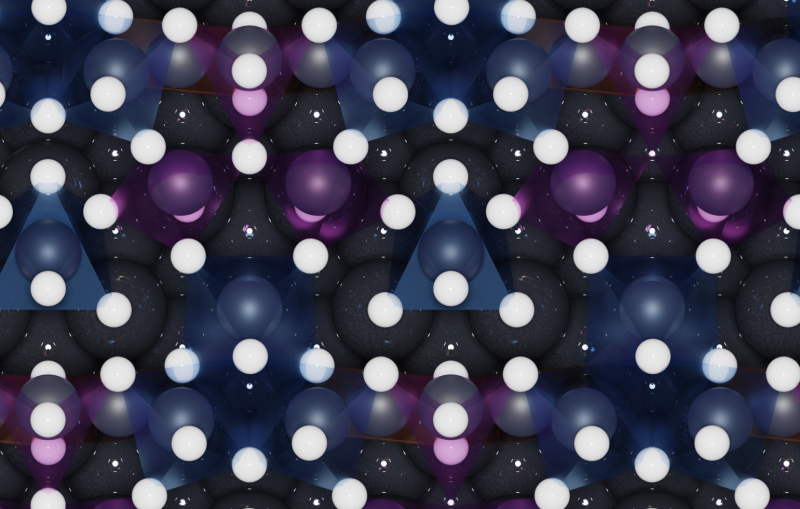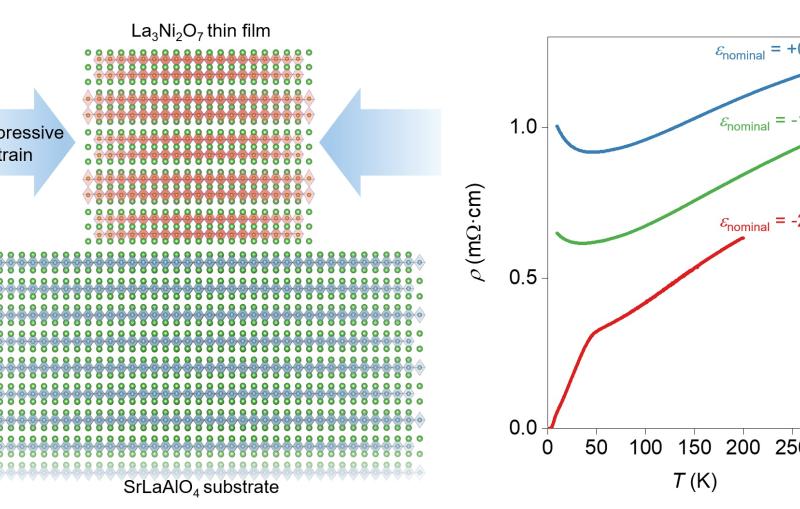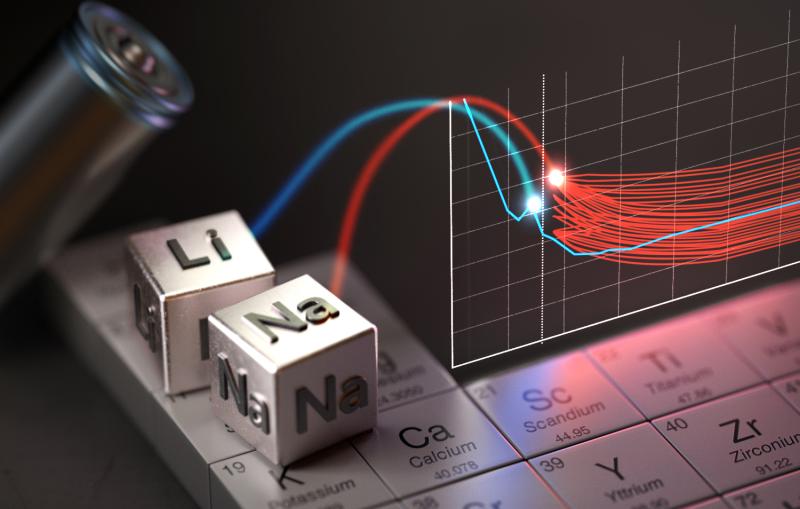November 21, 2024
A new era for batteries: Argonne leads $50M sodium-ion innovation push
SLAC partners with five national labs and eight universities seeking to increase the supply diversity of electric vehicle batteries and relieve supply chain concerns.
Dig Deeper
Related stories

News Brief
February 24, 2025
·
2 min read



News Brief
February 24, 2025
·
2 min read


News Brief
February 19, 2025
·
2 min read

News Brief
February 4, 2025
·
3 min read

